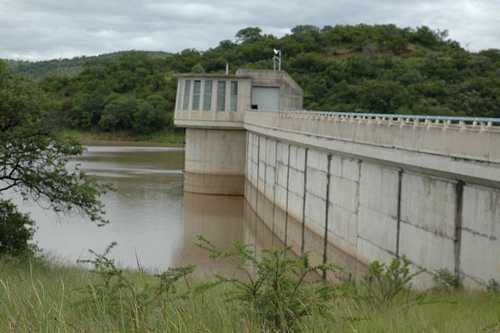Residents of Bulawayo are bracing for more severe water shortages as the Bulawayo City Council (BCC) has announced the decommissioning of Upper Ncema Dam due to critically low water levels.
The city is already grappling with a 120-hour water-shedding schedule, though many households face disruptions that exceed the stipulated times as the council struggles to maintain the supply.
As of October 2, 2024, Bulawayo’s overall dam levels have dropped to 28 percent, with Upper Ncema decommissioned at 2.03 percent capacity.
This is the second dam to be decommissioned in less than a year, following the closure of Umzingwane Dam in November 2023.
In a statement, Acting Town Clerk Tennyson Mpunzi highlighted the severity of the crisis.
“The City of Bulawayo would like to advise members of the public of a critical water shortage due to the alarming low water levels in the Upper Ncema Dam. This marks the second dam to be decommissioned since November 2023, underscoring the gravity of the water crisis facing our city,” Mpunzi said.
Mpunzi provided updates on other supply dams, noting that Insiza Dam is at 40.33 percent, Inyankuni at 18.07 percent, Lower Ncema at 21.46 percent, and Umzingwane, which was decommissioned, is at 2.14 percent. Upper Ncema has now been decommissioned at 2.03 percent, while Mtshabezi stands at 50.79 percent.
The overall water supply for Bulawayo is now at 28.16 percent.
This leaves Insiza and Mtshabezi as the primary water sources for Bulawayo’s population.
“The Upper Ncema Dam, a crucial reservoir, was intended to replenish Lower Ncema during the dry season. However, the dam gates were opened prematurely on August 28, 2024, due to the ongoing drought. As a result, Upper Ncema has reached its non-operational level and is being decommissioned effective October 3, 2024,” Mpunzi explained.
He warned that the decommissioning will exacerbate the city’s water supply challenges and urged all residents to conserve water.
Meanwhile, the government recently refused to declare Bulawayo a water disaster area, attributing the crisis to mismanagement by local authorities rather than a national emergency.
Last week, a joint Parliamentary Portfolio Committee on Local Government, Public Works and National Housing, along with the committee on Sustainable Development Goals, met with BCC officials and toured supply dams and Nyamandlovu Aquifer boreholes.
The committee also visited the Gwayi-Shangani project and is expected to make urgent recommendations to the government.

